Secret blush notes of the Sinaloa Keitt Mango
Mangoes continue to surprise and delight me. They are a lot like people. Whenever I think I know something about them, they prove me wrong. Things that grow are complex by nature, and taking a cookie cutter approach to defining them always fails.
As I proceed on my mango-centric food education mission, I have a responsibility to admit when I am wrong and when I too am guilty of being “scripted” along the way.
We, as American consumers, have been spoon-fed a lot of misleading information when it comes to fresh produce. One of the most blatant falsehoods fed to us by marketing boards and agencies is that good quality fresh produce is totally uniform season after season.
I tend to look beyond the cookie cutter approach to educating consumers about produce, and instead emphasize and teach produce’s varying complexities and nuances. (Quite a metaphor in today’s political atmosphere, isn’t it?) Let’s get more transparency in the supply chain, and give growers a greater voice. More importantly, let’s try and give consumers better information on the lack of produce uniformity and what quality really means. Not everything needs to be dumped into the “imperfect or ugly fruit or veg category.” Some fruit and veg just develop differently, and yet still beautifully. The more we know about distinct varietals, regions and seasonal changes, the better we perceive exquisite quality in terms of aesthetics and flavor!
So, what the blush am I talking about?
I’m talking about Crespo Organic Keitt Mangoes, and, more specifically, the Sinaloa region around El Rosario where Crespo Mangoes call home. This season’s Keitts have finally arrived, and, to my surprise, they came in mostly yellows and pinks with smidgens of green and orange blush and darker speckles. This is the total opposite of what I’ve known Keitts to be for many years, and what I have been –kind-of- teaching consumers. I’m somewhat guilty of the cookie-cutter marketing board approach, and I’m here to apologize, learn and hopefully share more about the many subtleties of the mango.
My immediate reaction to seeing our the first land of Keitts was, “What the blush is wrong with them?” I imagined this would be the same reaction our customers and consumers would have too. My next reaction, after holding them and feeling their smooth skin, admiring the elegant blush tones, and taking in their interesting beauty, was, “Wow, I have to learn more and share the knowledge.”
I started to dig. I first talked to Jorge Crespo, one of the Crespo brothers in charge of the growing operations alongside his brother Roberto. In a short time I learned a lot and received a lot of photos. I learn more when I can see, and I compare the pictures back to when I was roaming the same fields a month ago when the fruit was still way more green and also compare them to some of the research I have done in the past on keitts from Florida, CA and Australia.
The Keitt impression that was in my head, and the one taught by marketing boards, is really the definition of the California Keitt Mango. It’s really big and dark green, with a small amount of yellow and pink blush tones, and white speckles.
The Keitts from Sinaloa are totally different. Depending on the weather, water and soil health, they can appear darker or lighter each season. This season, the crop has incredible blush tones of yellow and pink that are more dominant than the green.
According to Jorge Crespo, there are a few reasons for this. The closer the crop is to the equator, the more likely blush tones are to appear on the fruit. Blush tones, after all, are a product of the sun, coupled with what the varietal is, and other factors such as soil, water, foliage, etc.
The Crespo’s crop in Sinaloa are small trees that have been pruned well, keeping them small with minimal foliage. This allows sunlight to reach all surfaces of the fruit. The orchards are located at a very good latitude, falling in the Tropic of Cancer and giving them ample sun exposure for a large stretch of the day. Contrary to common belief, the Sinaloa crop of mangoes stay on the trees longer than any other imported mango. A significant portion of the blush increases and deepens at the end of the ripening cycle. A lot of the education we receive on Keitts is that they don’t change color as they ripen. That’s true if they are mostly green or with minimal blush, but the ones that have significant blush do change tones and often fade into pale yellow and pink. Understandably, these pink and yellow hued Keitts are highly coveted in Japan.
According to Jorge, the health of the soil increases the trees ability to blush. Mango trees require rich, organic soil with good drainage. A mango tree will need plenty of sunlight to attain blush tones, but, in seasons where soil is less rich, lack of blush is the norm.
California Keitts grow at a significantly higher latitude, providing the Coachella Valley less overall sunlight and less powerful sunlight, than Sinaloa. The majority of trees in the orchards tend to be larger with more foliage, producing shade and causing retention of the green color throughout most of the crop.
Keitt trees, hailing from Florida, were reportedly grafted from the Indian Brooks varietal, which explains the Keitts’ late season ripening and ability to grow large rather quickly. Keitts are still one of the most commonly grown mangoes in Florida, both in backyards and commercial production. The varietal is also grown commercially in Israel, Australia, Puerto Rico and other Caribbean Islands, and, of course, in Mexico and California. The blush tones on the fruit from each of these diverse regions look different, but each shares basic characteristics of the Keitt Mango: long oval shape, white speckles on green fruit with darker speckles on more blushed fruit, fibreless except around the pit, small pit, yielding a higher pit to flesh ratio and a slight lemon flavor.
Have I made you blush yet? Read more about the Keitt Mango here.
See for yourself!
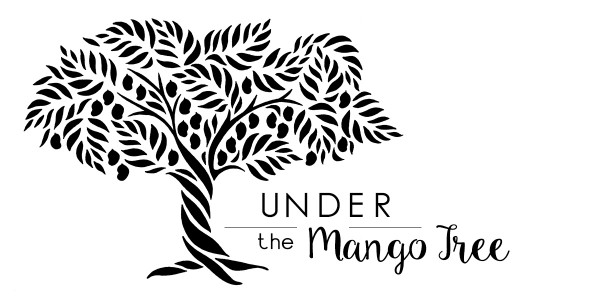
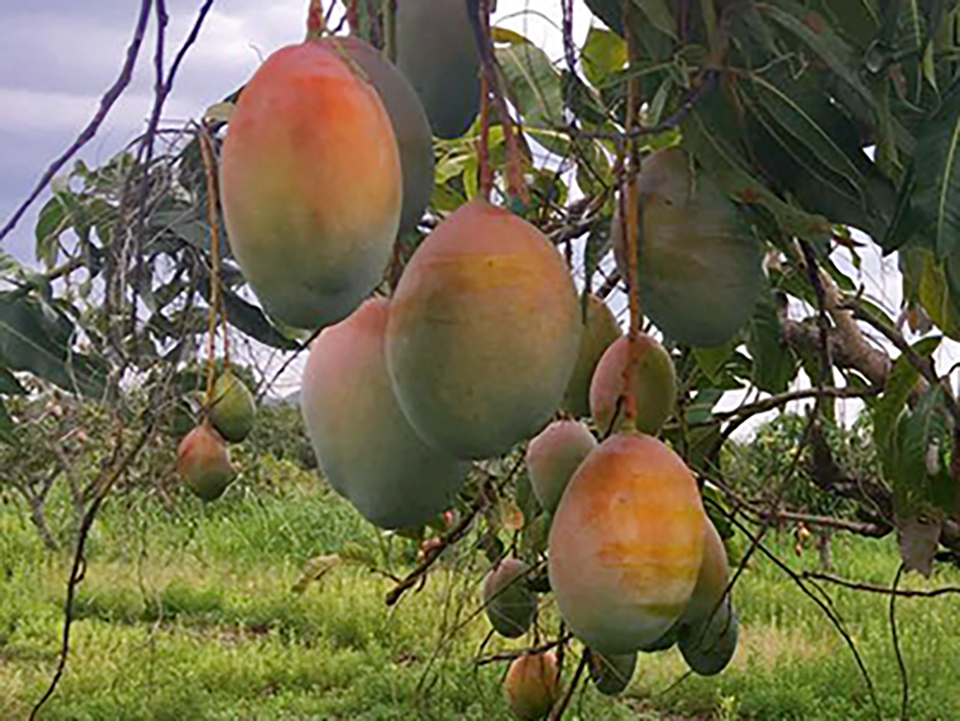

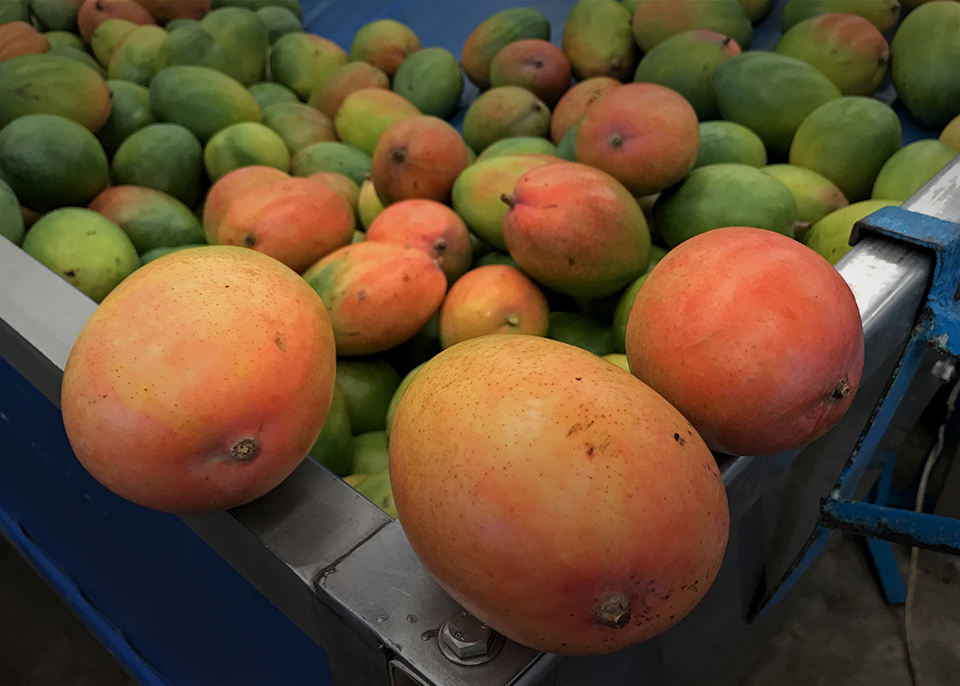
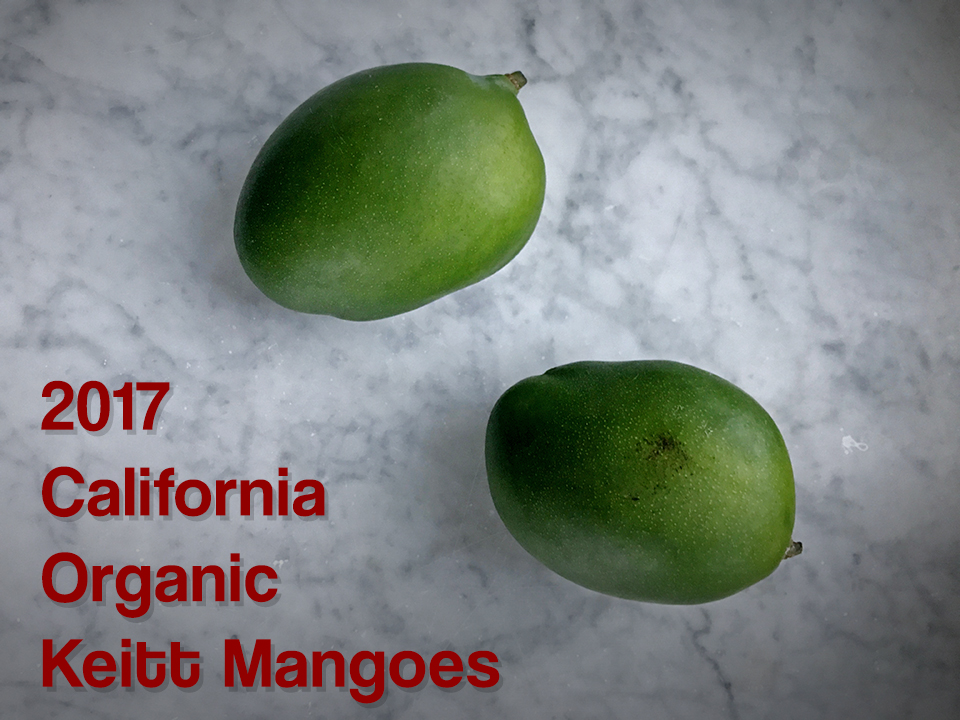





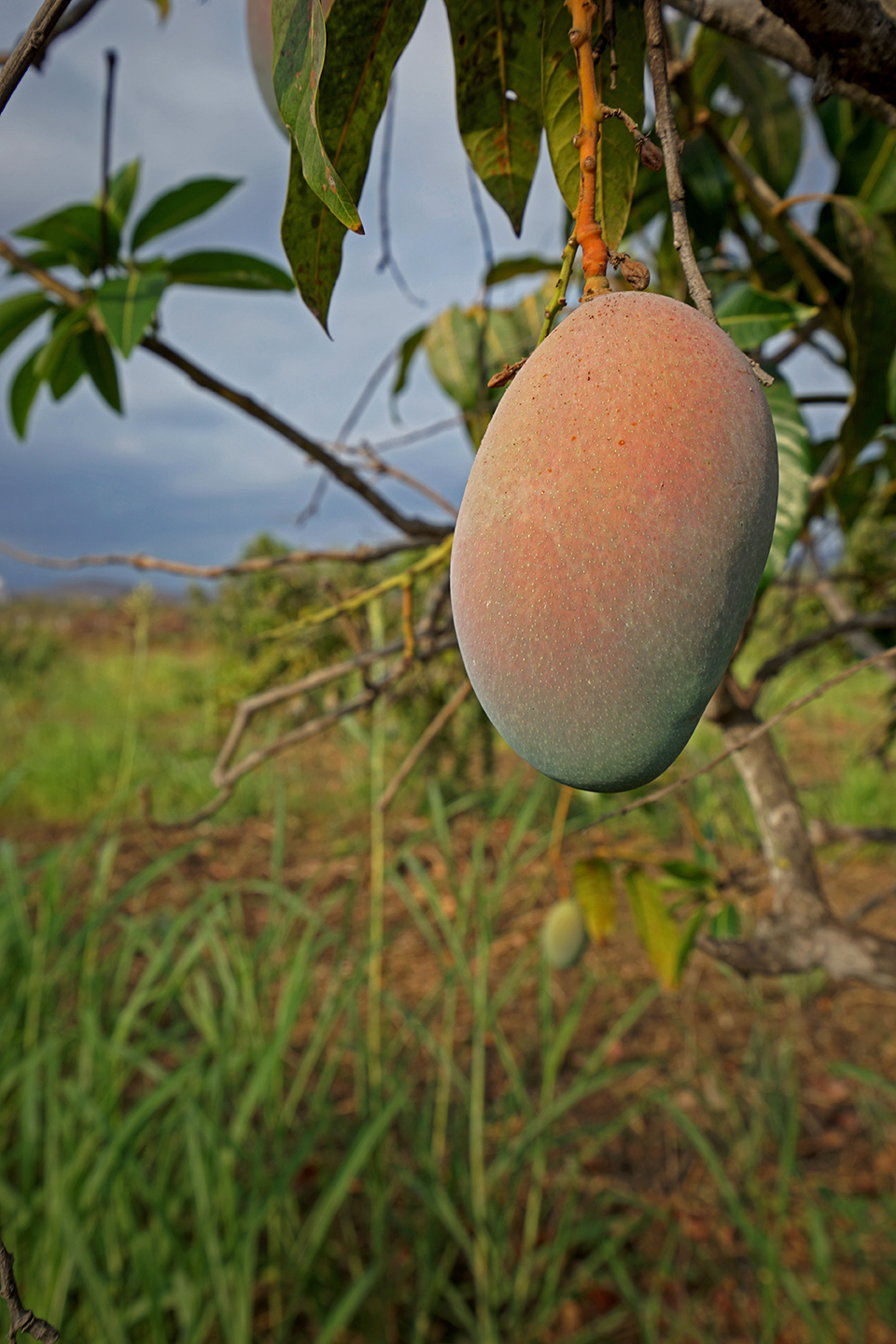
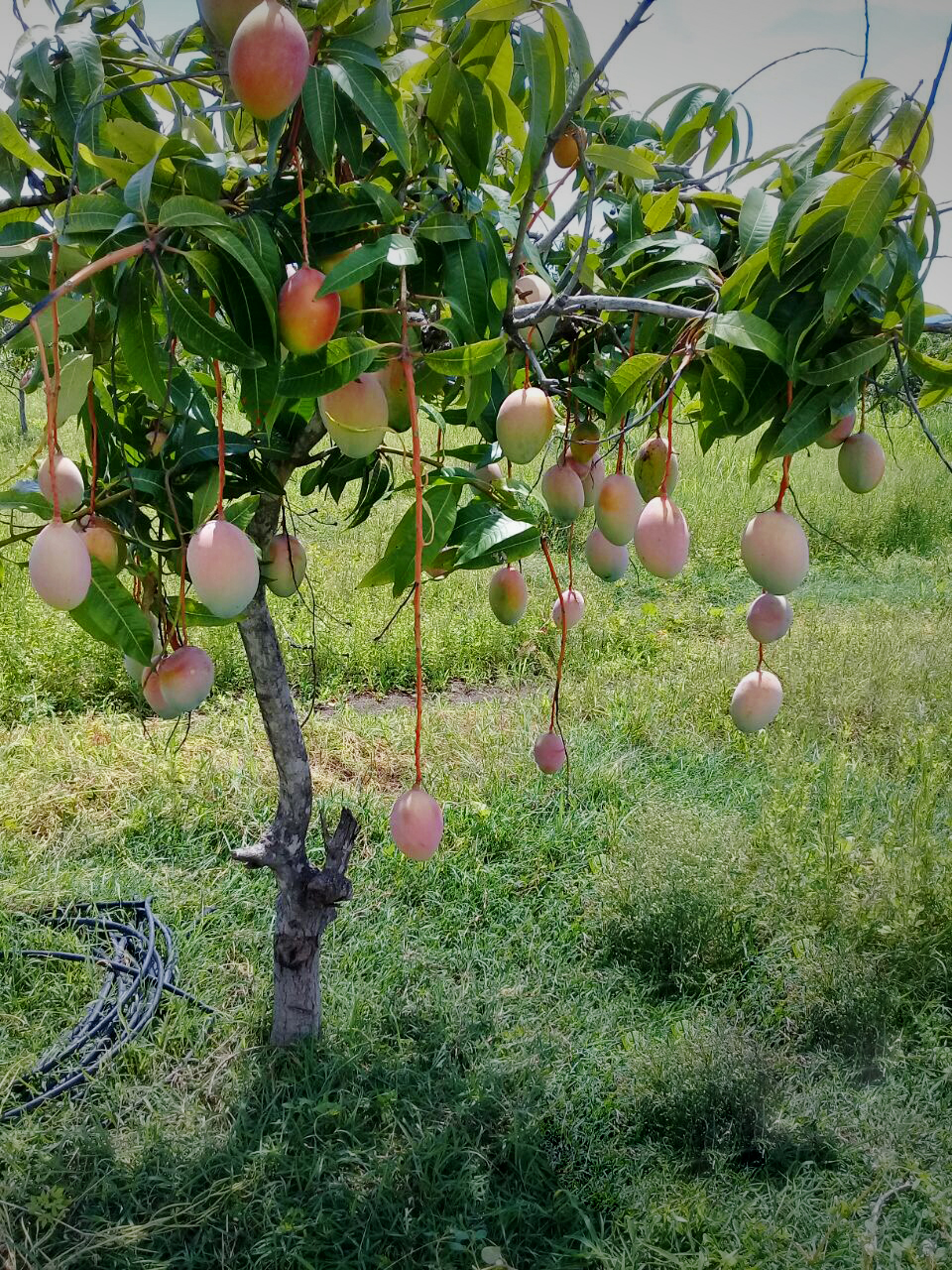

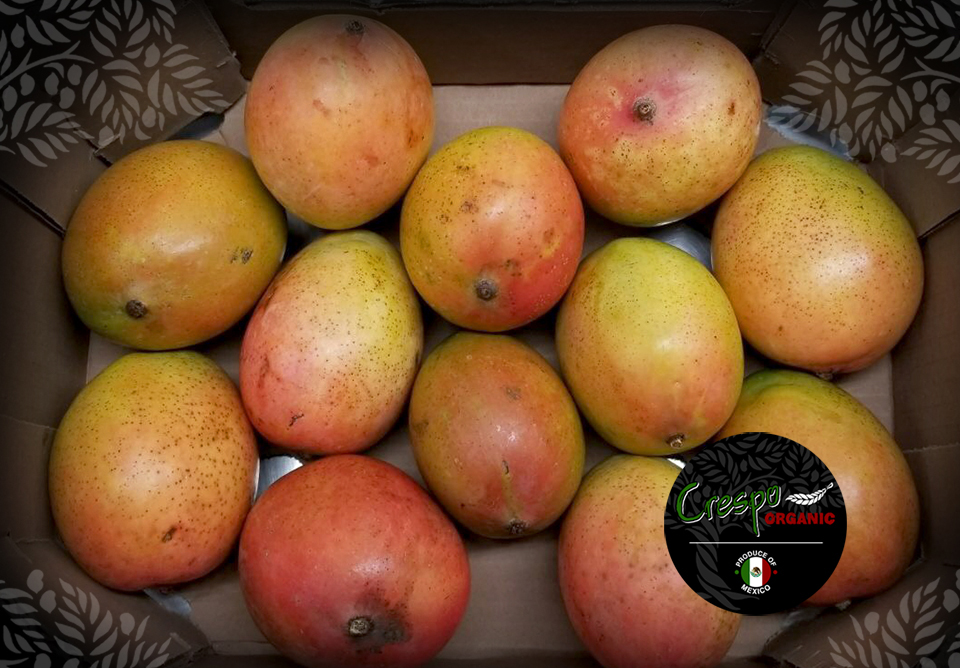


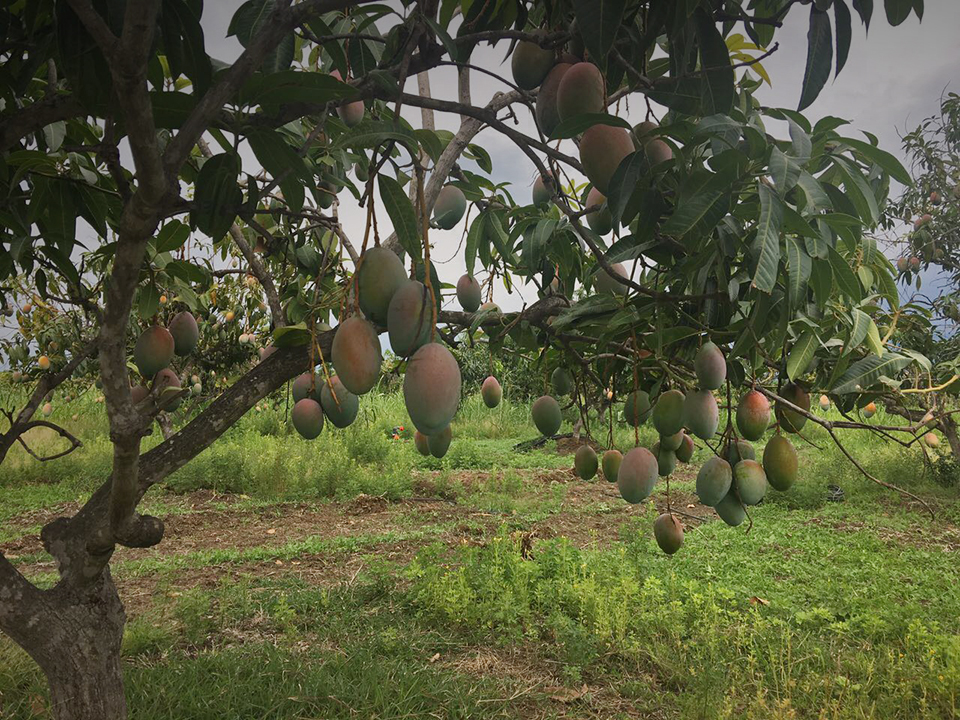


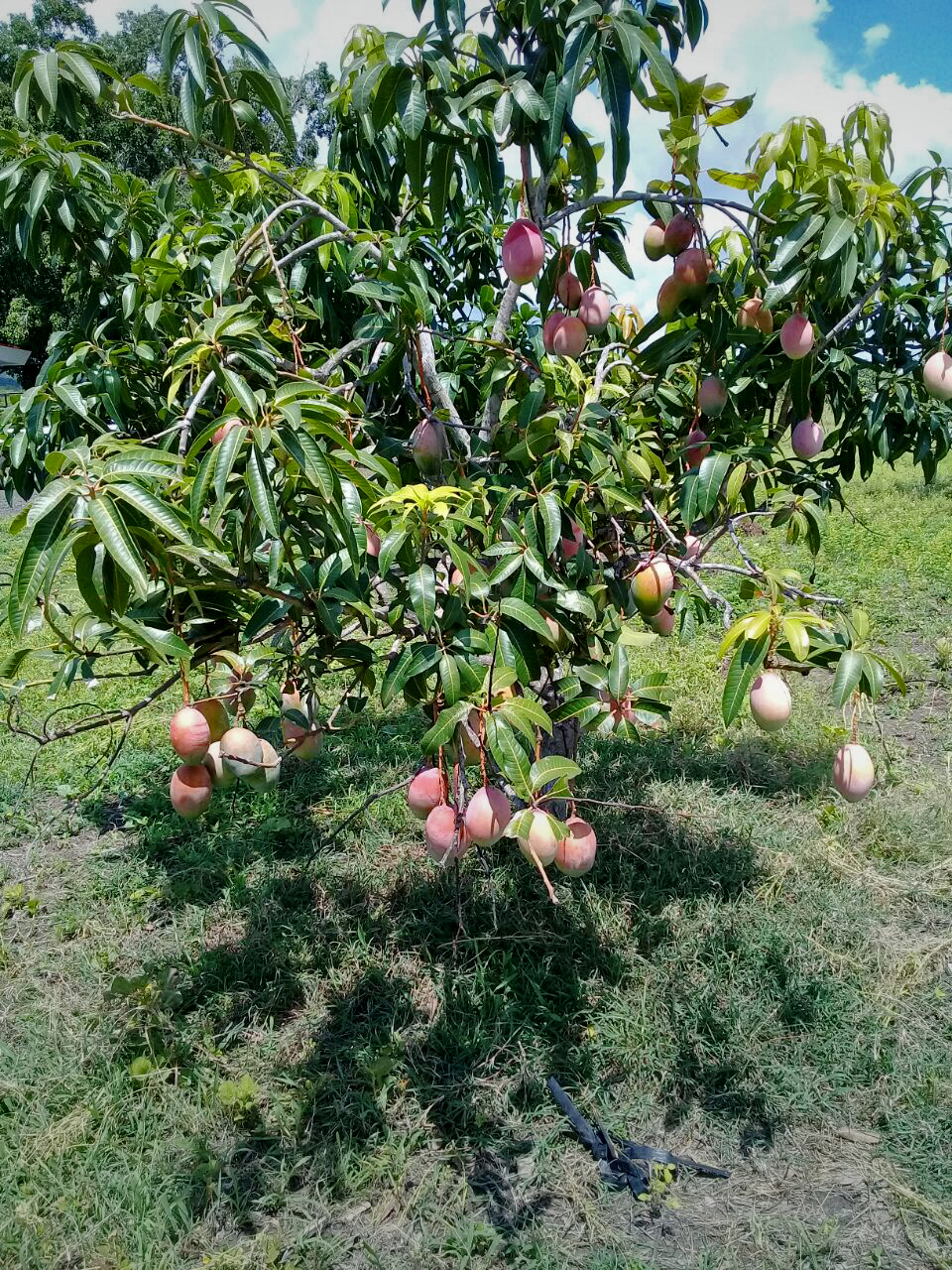































No Comments